Information Technology Reference
In-Depth Information
Section 2 describes the proposed structure. Section 3 provides, through two exam-
ples, a discussion of two possible applications of AKL. Section 4 gives a comparison
of our method with the essentials of the ANN structure. Section 5 is the conclusion
and ideas for future research.
2 Our Proposal
e
,
e
,…,
e
, such that
e
We define a K-line to be a
sequence of associated events
e
+
is a direct
consequence of the occurrence of event
e
. If two K-lines contain the same event,
then they are said to
intersect
at that event. When two K-lines are created, if they do
not intersect, they form a graph like the one shown in Figure 1. If the K-lines inter-
sect, then they form a graph like the one shown in Figure 2.
In Figure 1, the nodes (circles in the graph) of each K-line represent events. An edge
such as (e11, e12) means that event e12 is a consequence of event e11. In figure 1,
K-lines KL1 and KL2 do
not
intersect. Consequently, the graph provides two possible
“ways to think”, as shown in parts (a) and (b) of Figure 1.
In Figure 2, K-lines KL1 and KL2 intersect. Consequently, the graph provides four
possible “ways to think”, as shown in Figures 3 (a), (b), (c), and (d).
Each way of thinking is created by starting from one of the available K-lines, and
then, once we encounter an intersection, we follow each of the two possible paths.
Note, for every intersection that we encounter, the number of “ways to think” is mul-
tiplied by the outdegree of the node that is at that intersection. Therefore, the more
intersections we have, the more times the number of “ways to think” is multiplied.
This is the crucial point in our method.
e
+
and
are connected by
causality
. That is, the occurrence of event
1
1
e11
(a)
e14
KL1
e12
e13
e24
KL2
e23
e22
(b)
e21
Fig. 1.
Two K-lines that do not intersect












Search WWH ::

Custom Search